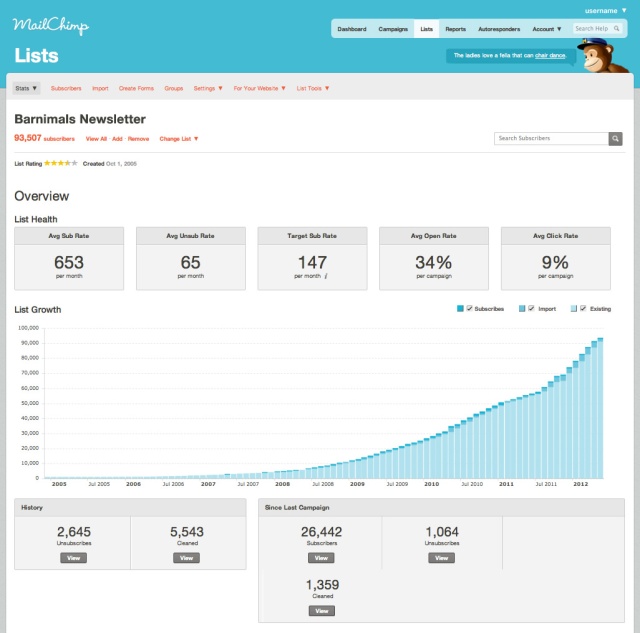
Yesterday I wrote about Periscope–what it is and what you can do with it. It seems that the educational community is already embracing it and extolling its virtues, based upon the positive blog posts I’ve read. Teachers love its ease of use and ability to be able to instantly communicate with students and parents. Remember, Periscope is a tool that is meant for live broadcasts. If you just want to record something and share it later, there are better tools to use, such as your mobile phone’s camera. 🙂
I’ve come up with a short list of ideas for using Periscope in your classroom:
- Enable Virtual Field Trips: There are numerous ways to host or attend virtual field trips, but Periscope allows an anyplace/anytime type of agenda. A teacher, for instance, can use her mobile device to interact with students unable to attend a field trip or to share the field trip with another classroom. Or, even better, she could connect with another teacher to share culture, language, current events, etc.
- Communicate with Experts: Periscope would be valuable when communicating with an expert who is in the field–such as an outdoor event, conference, or any place outside of the classroom. Students can ask questions through the chat feature and receive instant responses.
- Broadcast Scavenger Hunts: My colleague, Chris Haskell, came up with an idea several years ago about a learning strategy called a “CellQuest.” This was a type of scavenger hunt that used GPS and texting along with instructions to locate various items and/or places. Instead of just using texting, students could participate in a CellQuest type of scavenger hunt using Periscope.
- Involve Parents: Get parents involved in school activities they can watch and comment on. This would provide opportunities to connect with and better understand what is going on in their children’s school. Create your own classroom Twitter feed (which you will then connect to your own Periscope account) and invite parents to follow you. Broadcast weekly updates on your classroom. Share live student presentations with parents.
- Share Live Events: If you find yourself in a situation where you feel students and/or parents would benefit from viewing your experience, then Scope it, It can be just about anything. How about broadcasting a live presentation at a conference you are attending and sharing it with your colleagues? The ideas and options are almost endless.
Downsides of Periscope
- Streaming quality can be inferior.
- Your school’s Internet filter may not allow it (since it is connected to one’s Twitter account).
- Comments disappear.
- Videos are only visible for 24 hours (although you can save them to your Camera Roll for archiving).
- Students need to be informed of privacy issues and how to share Periscopes.
- Requires the use of a mobile device with cellular service if not within range of WiFi.
- May not always be the best method for broadcasting–for instance, in the classroom, Google Hangouts might provide better ways to communicate and collaborate in an online, live environment.
More About Periscope
- Cybrary Man: http://cybraryman.com/periscope.html
- How to locate Periscope stations and teachers who broadcast: http://learninginhand.com/blog/iteachtvnetwork




